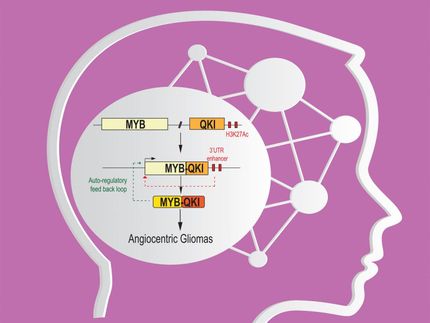Study shows medical devices complicate complex conditions in kids
As modern medical advances help more children with complex conditions live longer, a new study shows a significant number suffer from complications caused by medical devices that are also necessary for their survival.
Researchers report their findings online in the Journal of Hospital Medicine. Study authors say their research underscores the continued need to improve care for this growing population of children by enhancing medical device safety practices and ensuring device design is suitable or adaptable for pediatric patients.
"Medicine and pediatrics have made amazing advances over the last couple of decades that have resulted in children with congenital diseases and prematurity living longer, so this issue is a by-product of that success," said Patrick Brady, MD, MSc, the lead author and a physician in the Division of Hospital Medicine at Cincinnati Children's Hospital Medical Center.
Brady said medical devices are a major factor in improved survival for children with complex medical conditions. But he added there has been relatively little research into how medical devices may expose these children to additional risks, especially when considering the devices are foreign objects to the human body and subject to mechanical problems or causing infections. Also, researchers note that most medical devices are designed for adults and have to be adapted for use in children.
The retrospective study's objective was to describe the prevalence and nature of adverse medical device events (AMDEs) in 44 free-standing tertiary care children's hospitals in the United States. Using data from the Pediatric Health Information Systems (PHIS), researchers analyzed medical information from 2004-2011.
Of 4.1 million patient admissions during the study period, 3.3 percent (136,465) involved at least one adverse event related to a medical device. At first glance that number may seem small, but Brady emphasized the study identified more than 12,000 AMDEs during each year of the study. And because of how information is labeled in the PHIS system, researchers suspect their data actually underestimates the prevalence of AMDEs.
The PHIS system also did not allow researchers to identify whether the AMDEs were caused by factors such as biological reactions to devices, human error, malfunction, etc. It did allow them to identify which types of devices were more prone to adverse events.
The two most common device types associated with AMDEs were vascular access devices (such as central venous lines)) and nervous system devices (often involving shunts designed to drain excess cerebral spinal fluid from the brain). These two device types together represented 44.4 percent of AMDEs in the study.
Also standing out in the data is that 75.5 percent of AMDEs involved children with complex medical conditions, and the largest age group (40 percent of those with AMDEs) involved children age 2 or less.
"Although our study cannot answer too much of the 'why' for these events, it does point out that AMDEs are not rare and the burden falls largely on young children with complex chronic conditions," Brady explained. "This is a somewhat early step that will allow our team and other researchers to start asking questions about what causes these events, how to predict them, and how we can design interventions to decrease their frequency."
Most read news
Organizations
Other news from the department science

Get the life science industry in your inbox
By submitting this form you agree that LUMITOS AG will send you the newsletter(s) selected above by email. Your data will not be passed on to third parties. Your data will be stored and processed in accordance with our data protection regulations. LUMITOS may contact you by email for the purpose of advertising or market and opinion surveys. You can revoke your consent at any time without giving reasons to LUMITOS AG, Ernst-Augustin-Str. 2, 12489 Berlin, Germany or by e-mail at revoke@lumitos.com with effect for the future. In addition, each email contains a link to unsubscribe from the corresponding newsletter.
Most read news
More news from our other portals
Last viewed contents
Vaginoplasty
Halcygen to acquire wholly owned subsidiary of Hospira
Finding a way forward in the fight against prion disease
List_of_world_bumblebee_species
Dun_gene























































